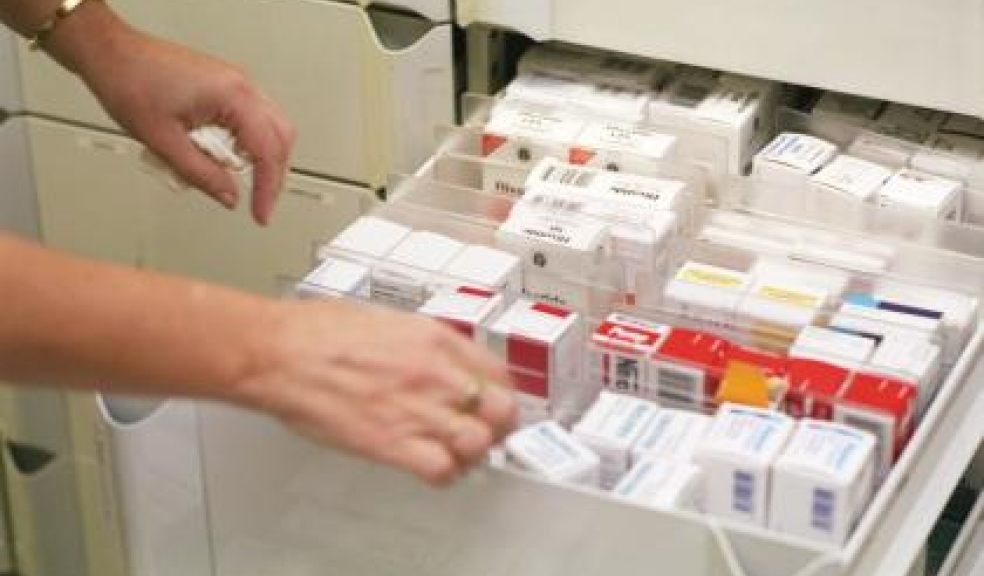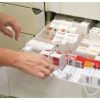
New research boosts antibiotic hope
Research carried out at the University of Exeter has advanced understanding of how some damaging bacteria behave and may pave the way for new and more targeted antibiotics.
A study led by Dr. Nicholas Harmer, Senior Lecturer in Structural Biochemistry at the University of Exeter, published today in the journal Chemistry and Biology, provides new information about the way bacterial cells build up a defensive sugar coating and how that process can be interrupted.
In the study, funded by the Biotechnology & Biological Sciences Research Council and the Royal Society, researchers worked out the structure of a protein that helps assemble this sugar coating using X-rays. They then built an experiment that could test a key step in that process.
“We identified the most important parts of this protein that is involved in making up the outer structure of some pathogenic bacteria and found that the protein regulated itself in quite an unusual way,” said Dr Mirella Vivoli, associate research fellow at the University of Exeter and first author on the paper.
“We were then able to test a number of compounds and find one that blocked this action and its ability to make the sugar.”
The researchers are hopeful that the identification of this pathway and compound will boost attempts to find new more effective antibiotics.
“We have identified a good target that can readily be blocked by drug-like chemicals. We believe that this offers a great opportunity to develop new anti-microbials,” said Dr Harmer.
Unravelling the B. pseudomallei heptokinase WcbL: from Structure to Drug Discovery by Mirella Vivoli, Michail N. Isupov, Rebecca Nicholas, Andrew Hill, Andrew E. Scott, Paul Kosma, Joann L. Prior and Nicholas J. Harmer is published in Chemistry and Biology.

















